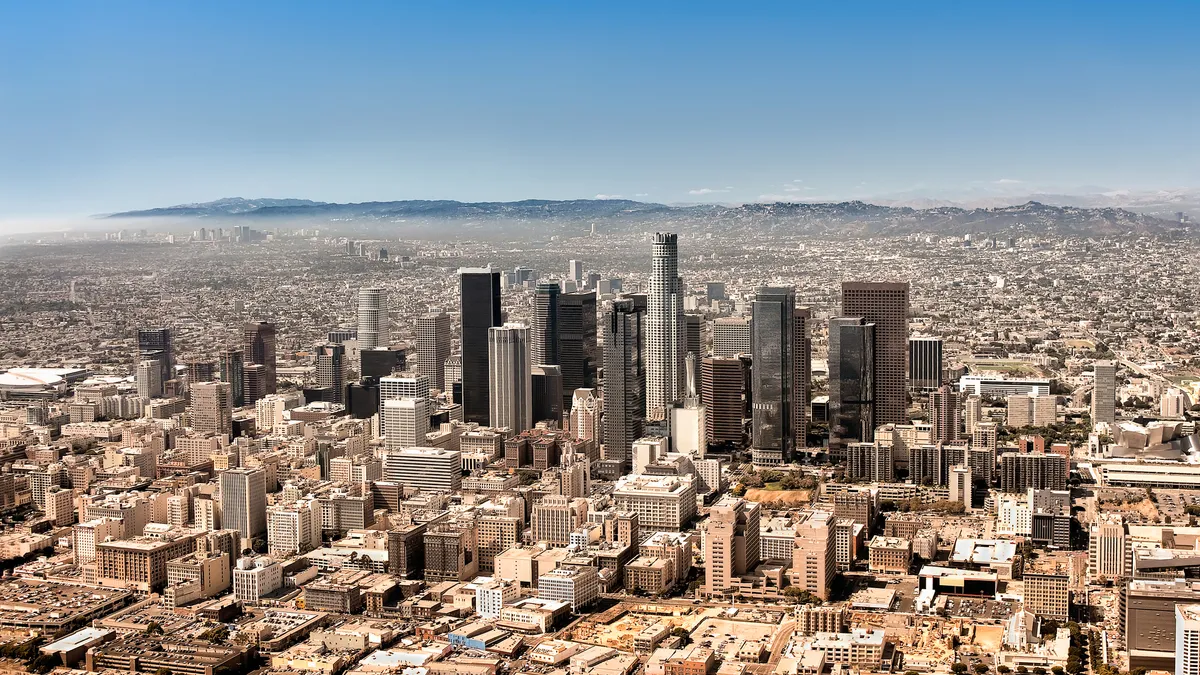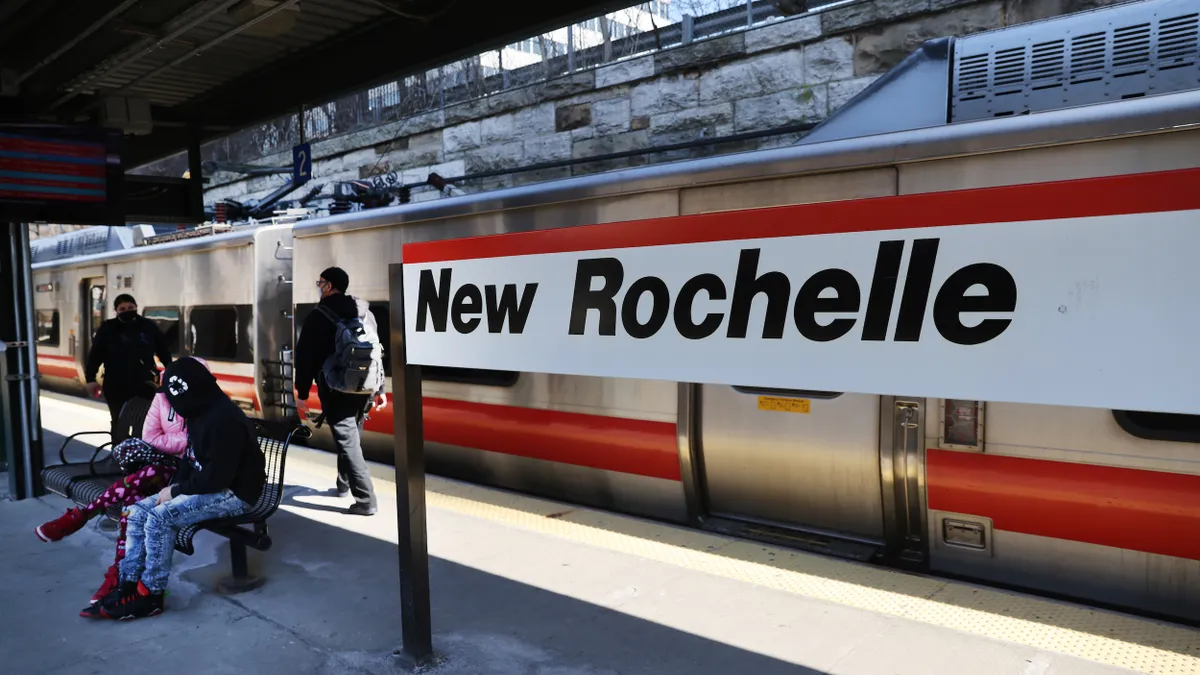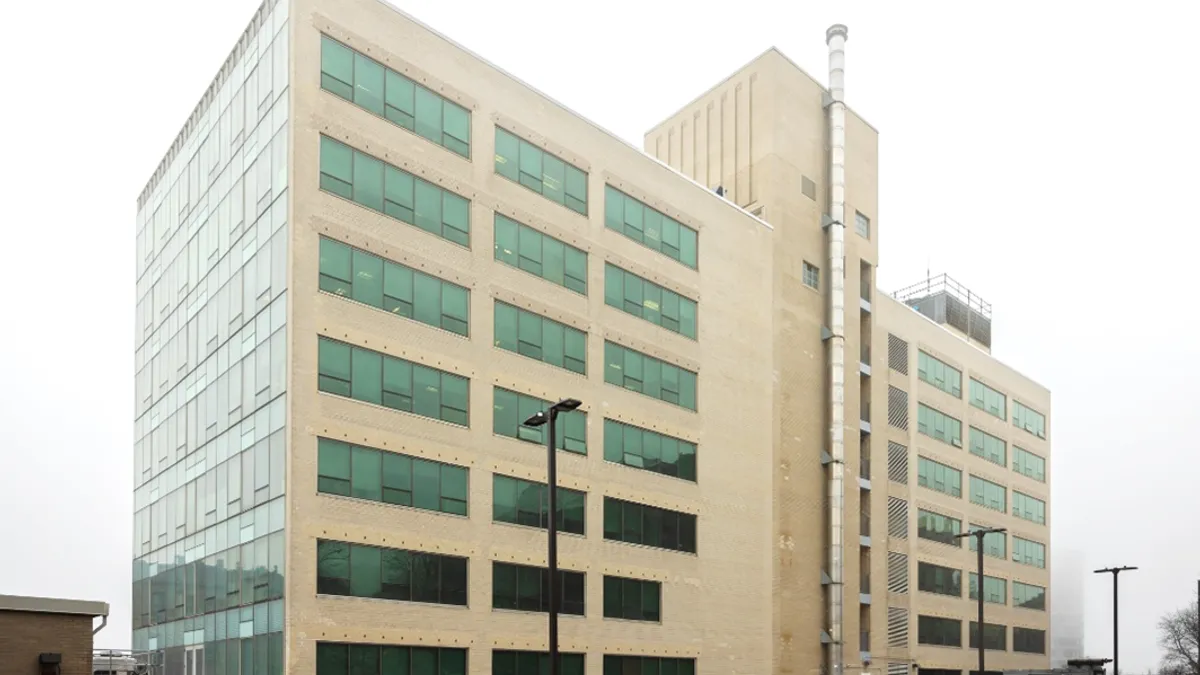Los Angeles has a housing problem: Nearly 500,000 low-income households that rent are unable to access an affordable home, according to a 2021 report by the California Housing Partnership.
“At a time when many cities like LA have increased demand for homes, lack of [housing] supply drives up costs for everyone,” said Diane Yentel, president and CEO of the National Low Income Housing Coalition.
As one of many steps to address its housing crisis, in early May, the Los Angeles City Council approved two community plans designed to spur equitable, sustainable housing development in downtown Los Angeles and Hollywood, two densely populated areas in one of the densest cities in the country. Over the next 20 years, the plans will permit the construction of up to 135,000 new homes, with 100,000 in downtown Los Angeles and 35,000 in Hollywood, according to LA’s Department of City Planning. If implemented, those two plans will help the city reach roughly a third of its goal to build approximately 456,000 new homes by the end of the decade.
“Increasing housing supply is an overarching theme of all of these [community plan] updates,” said Craig Weber, principal city planner at the Los Angeles Department of City Planning.
In California, community plans guide land use. Hollywood had not updated its plan since 1988, Weber said, so “there was a need to bring that plan into this century.” Back then, “there was no subway, we didn’t have a housing crisis, [and] we didn’t [know we had] a climate crisis,” Weber said. As for the downtown plan, it was last updated in the early 2000s, but the recently adopted plan uses Los Angeles’ new zoning code, which allows greater housing density to promote housing development.
Weber said the plans prioritize building affordable housing in particular. Yentel pointed out that while no community has enough affordable homes for its lowest-income residents, “Los Angeles and California have some of the most acute shortages.”
How severe is the Los Angeles metropolitan area’s housing shortage? There are just 24 available and affordable rental units for every 100 households earning at or below 50% of the area’s median income, according to a 2021 report by NLIHC. For every 100 households earning at or below 80% of the median income, only 53 units were both available and affordable. As defined by the U.S. Department of Housing and Urban Development, affordability means rent and utilities cost less than a third of household income.
The city planning department also recently approved the Boyle Heights community plan for city council consideration. Boyle Heights is majority-Latino, majority-renter neighborhood just east of downtown; the community plan aims for 11,000 new housing units — many fewer than the number planned for downtown and Hollywood.
Scott Epstein, director of policy and research at pro-housing group Abundant Housing LA, said Boyle Heights needs more housing stock, but the neighborhood “has had a long, fraught relationship with redevelopment,” as it was “a community basically torn apart by freeways.” As a result, he said, the community plan balances the need for housing with the need for stability.
“The goal is not [to] redevelop Boyle Heights,” Weber said. “The goal is [to] bring some stability to our existing residential neighborhoods” and prevent displacement of marginalized groups.
The community plans waive parking requirements for new downtown developments — lowering costs for developers and potentially spurring transit-oriented development — and create incentives for affordable housing development. The downtown plan also requires developers to provide affordable housing.
Interventions like LA’s incentive-based system and downtown LA’s affordable housing mandate are common ways localities have addressed the housing crisis, Yentel said, adding that developers need subsidies for affordable housing. “The private market on its own can’t build and operate apartments that are affordable to [the lowest-income people] because the rent they can afford to pay doesn’t cover the cost of construction and operation,” she explained.
Yentel said that cities could use pandemic relief funds, particularly American Rescue Plan State and Local Fiscal Recovery Funds, for affordable housing construction or rental assistance. Tenant protections to keep people in their homes are also popular city actions, she said, noting that more than 165 localities nationwide have passed new tenant protections since 2021.
Though 135,000 new homes represent a significant increase for Los Angeles, city planners project that developers will build the 100,000 units downtown on just 1% of the city’s land area, Epstein said. And “we can’t stop there,” he said: Los Angeles must take further action to boost the housing supply. “Some expensive, exclusionary neighborhoods have to be opened up to more Angelenos.”
Los Angeles has 34 communities with community plans, and embedding updates such as the new zoning code into all of them will take some time, Weber said. Right now 16 plan updates are underway, all through what Weber called a transparent process that prioritizes community engagement.
"Building consensus has been a huge part of how these plans are being successfully received," Weber said. He suggested that other city leaders interested in similar community initiatives should make "engagement relevant to everybody and not [just to] the select few who have a lot of time and resources to come to meetings.



















